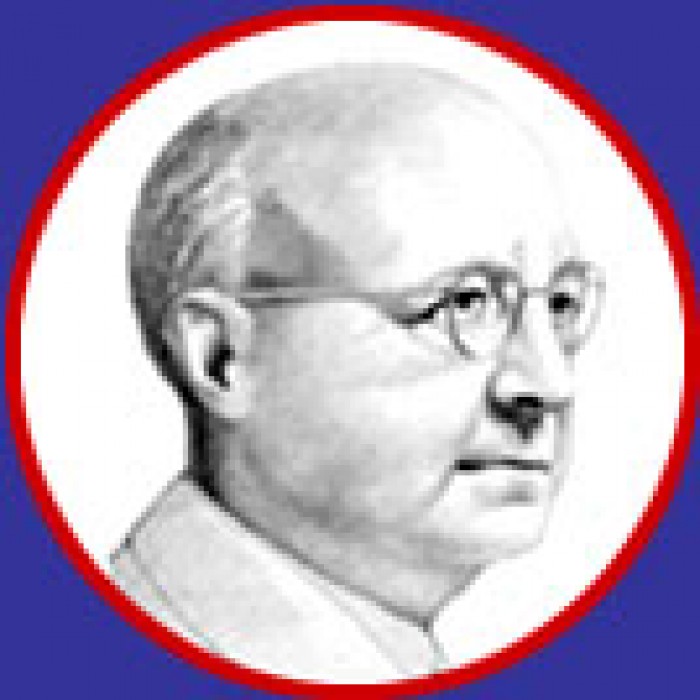
Clarence Frank Birdseye II (December 9, 1886 – October 7, 1956) was an American inventor, entrepreneur, and naturalist.
He is considered to be the founder of the modern frozen food industry.
Clarence Birdseye was born in Brooklyn, New York, on December 9, 1886, the sixth of nine children of Clarence Frank Birdseye I and Ada Jane Underwood.
Birdseye attended Montclair High School in New Jersey, and due to financial difficulties completed only two years at Amherst College, where his father and elder brother had earned degrees.
Birdseye began his career as a taxidermist. He also worked in New Mexico and Arizona as an “assistant naturalist”, a job that involved killing off coyotes.
He also worked with entomologist Willard Van Orsdel King (1888-1970) in Montana, where, in 1910 and 1911, Birdseye captured several hundred small mammals, and King removed several thousand ticks for research, isolating them as the cause of Rocky Mountain spotted fever.
Birdseye's next field assignment, off and on from 1912 to 1915, was in Labrador in the Dominion of Newfoundland (now part of Canada), where he became further interested in food preservation by freezing, especially fast freezing.
He was taught by the Inuit how to ice fish under very thick ice. In -40 °C weather, he discovered that the fish he caught froze almost instantly, and, when thawed, tasted fresh.
He recognized immediately that the frozen seafood sold in New York was of lower quality than the frozen fish of Labrador, and saw that applying this knowledge would be lucrative.
His journals from this period, which record these observations, are held in the Archives and Special Collections at Amherst College.
In 1922, Birdseye conducted fish-freezing experiments at the Clothel Refrigerating Company, and then established his own company, Birdseye Seafoods Inc., to freeze fish fillets with chilled air at -43 °C (-45 °F).
In 1924, his company went bankrupt for lack of consumer interest in the product. That same year he developed an entirely new process for commercially viable quick-freezing: packing fish in cartons, then freezing the contents between two refrigerated surfaces under pressure.
Birdseye created a new company, General Seafood Corporation, to promote this method. In 1925, his General Seafood Corporation moved to Gloucester, Massachusetts.
There it employed Birdseye's newest invention, the double belt freezer, in which cold brine chilled a pair of stainless steel belts carrying packaged fish, freezing the fish quickly.
His invention was subsequently issued as US Patent #1,773,079, marking the beginning of today's frozen foods industry.
Birdseye took out patents on other machinery, which cooled even more quickly, so that only small ice crystals could form and cell membranes were not damaged.
In 1927, he began to extend the process beyond fish to quick-freezing of meat, poultry, fruit, and vegetables.
In 1929, Birdseye sold his company and patents for $22 million to Goldman Sachs and the Postum Company, which eventually became General Foods Corporation, and which founded the Birds Eye Frozen Food Company.
In 1930, the company began sales experiments in 18 retail stores around Springfield, Massachusetts, to test consumer acceptance of quick-frozen foods.
The "Birds Eye" name remains a leading frozen-food brand. Birdseye was inducted into the National Inventors Hall of Fame in 2005.
Birdseye died on October 7, 1956, of a heart attack at the Gramercy Park Hotel. He was 69 years old.
Birdseye was cremated and his ashes were scattered at sea off Gloucester, Massachusetts.
In 2012 the first book-length biography of Birdseye, Mark Kurlansky's Birdseye: The Adventures of a Curious Man, was published by Doubleday.
Source: Link
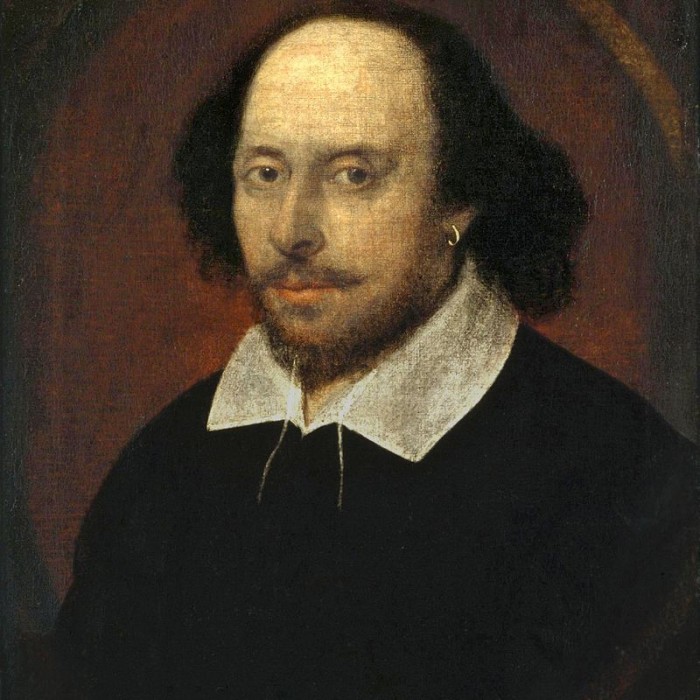
1564 - 1616

1803 – 1882

1854 – 1900
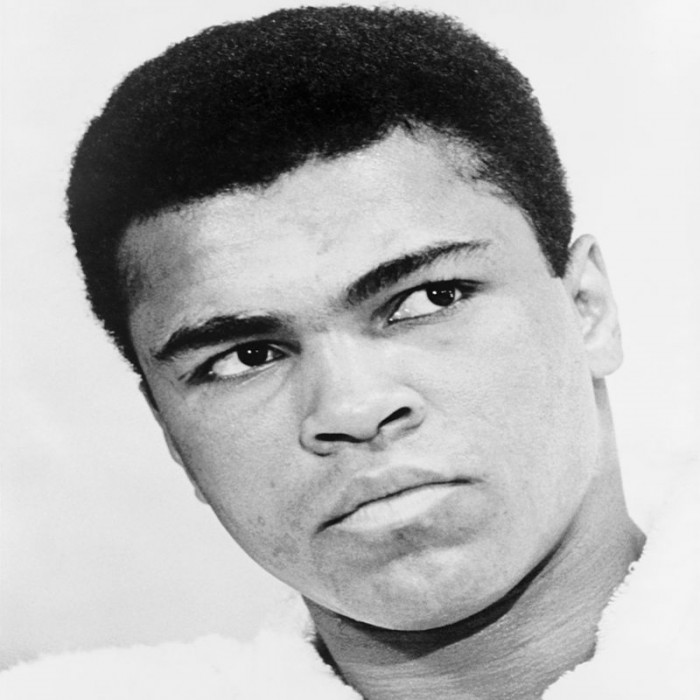
1942 – 2016
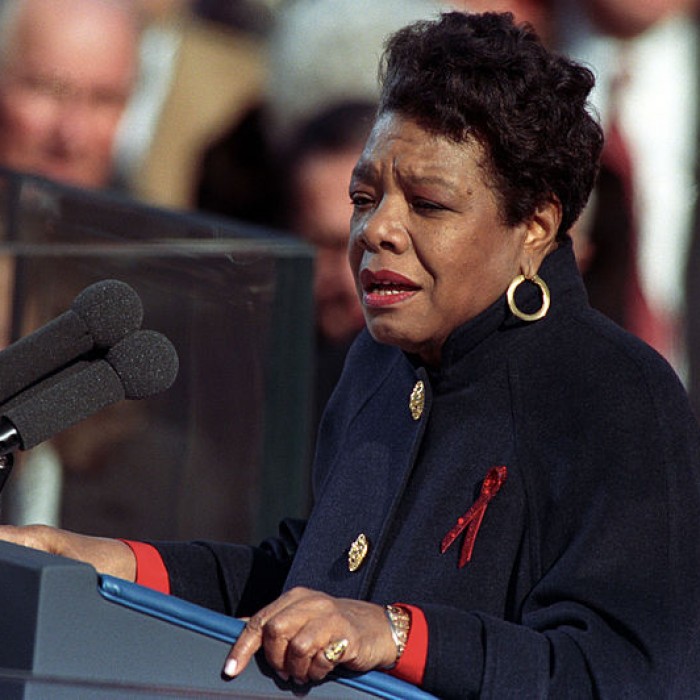
1928 – 2014

1835 – 1910

1869 – 1948
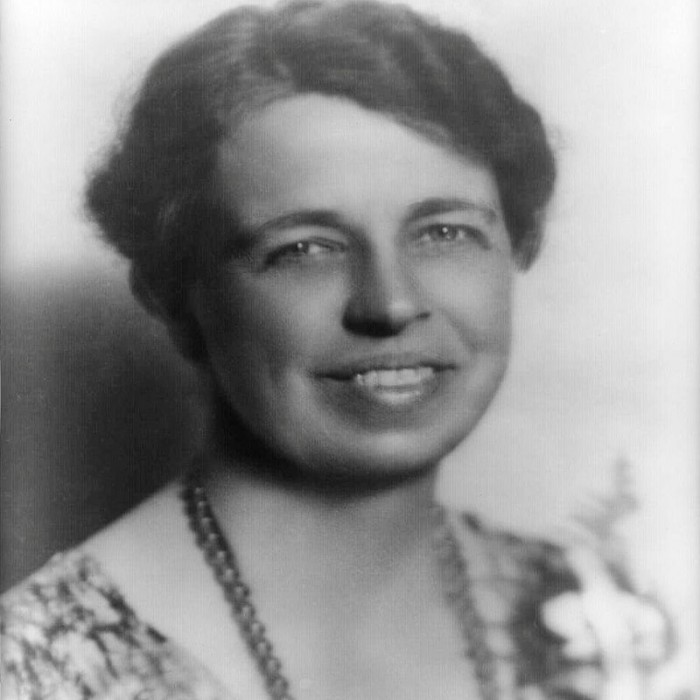
1884 – 1962
1898 – 1963

1929 – 1993
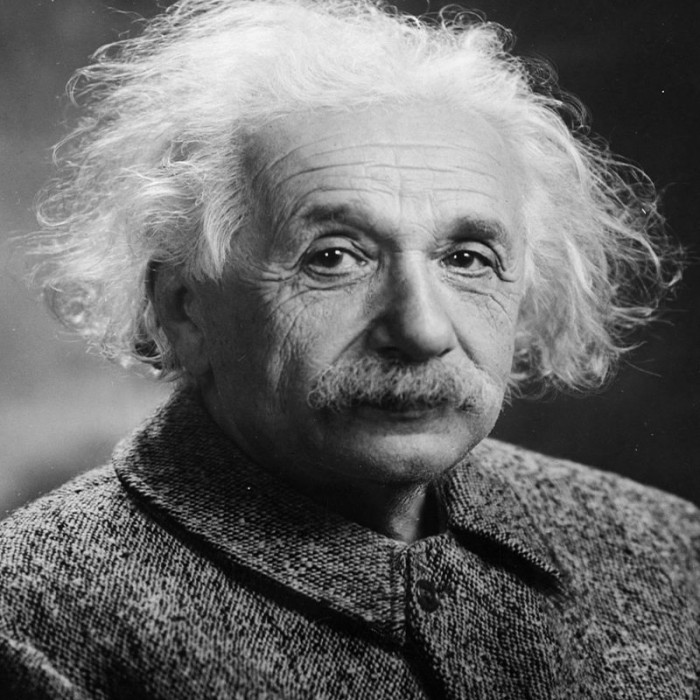
1879 – 1955

1809 – 1865
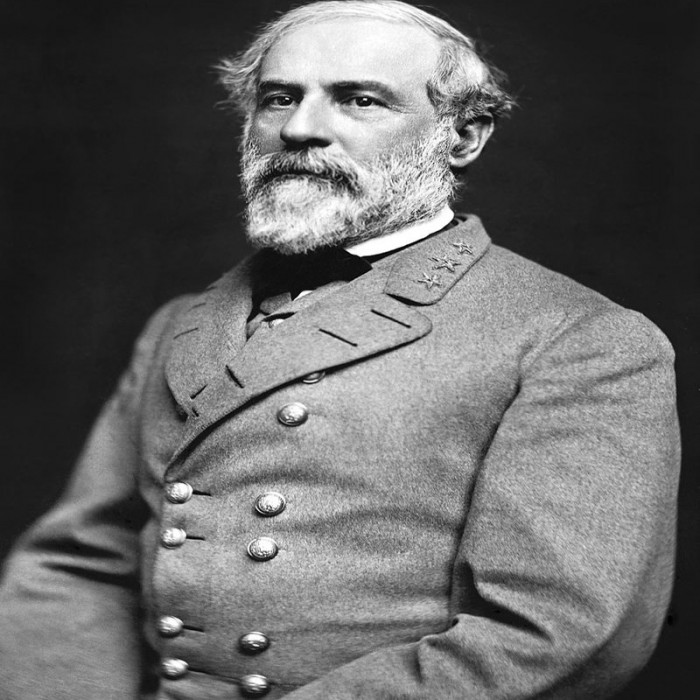
1807 – 1870

1800 – 1859
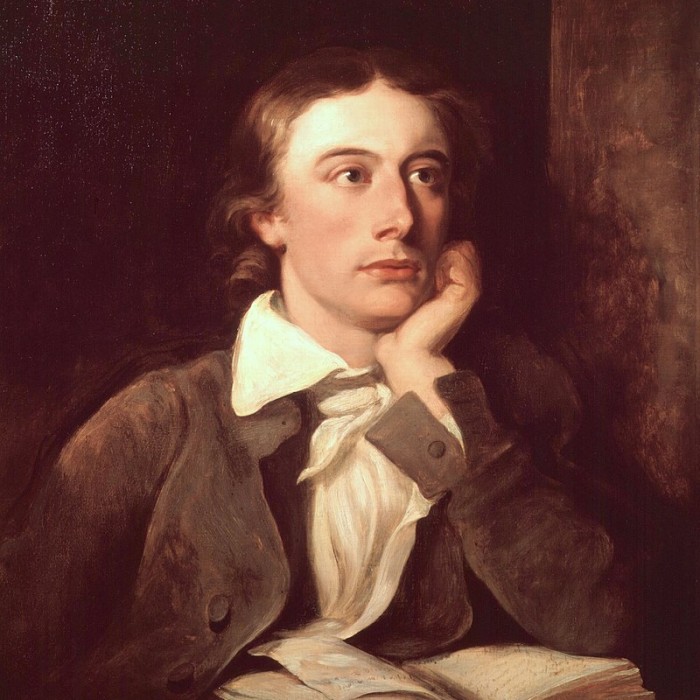
1795 – 1821
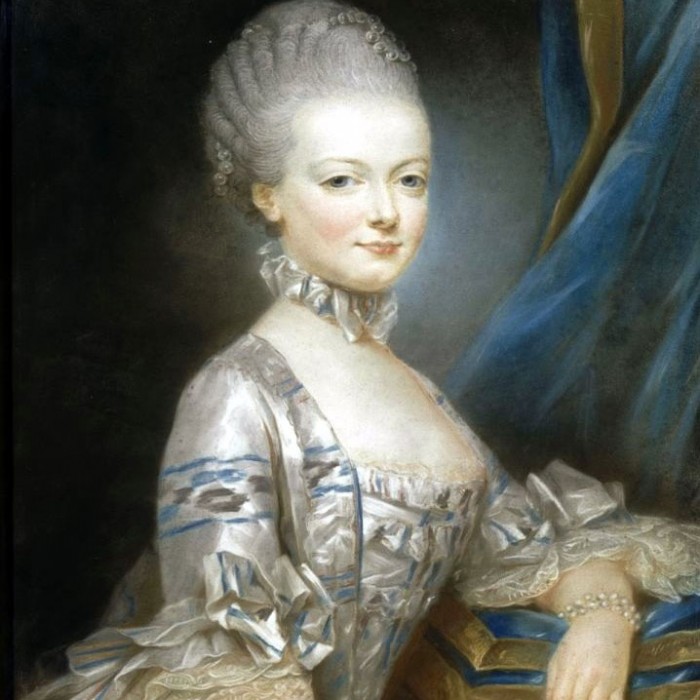
1755 – 1793

1984 -
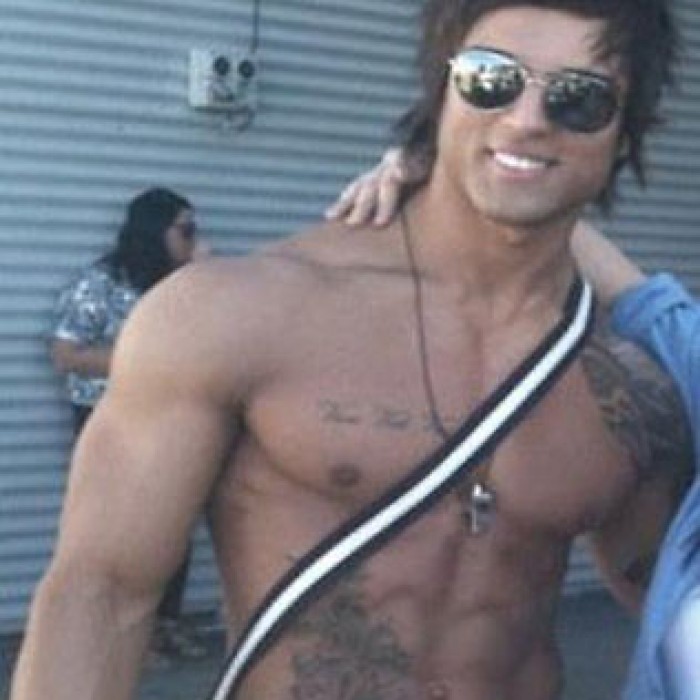
1989 – 2011
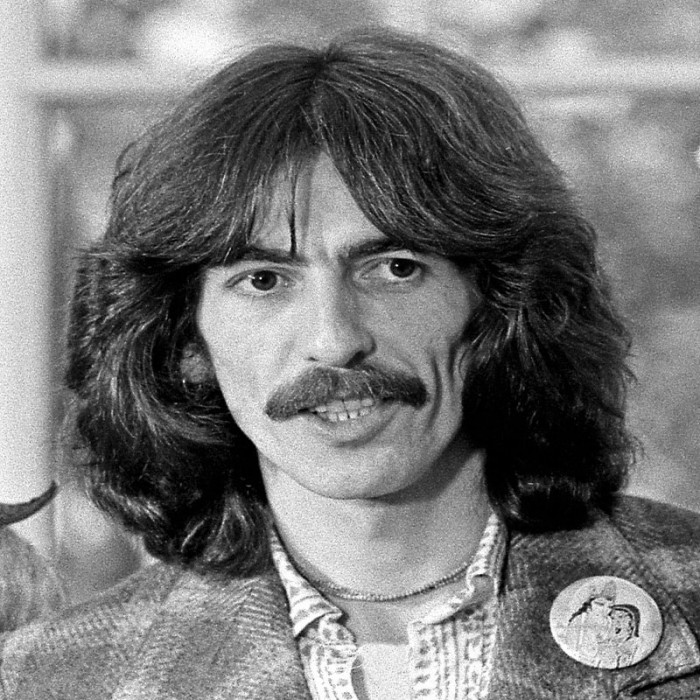
1943 – 2001

1815 – 1902

1929 – 1994

1767 – 1848
